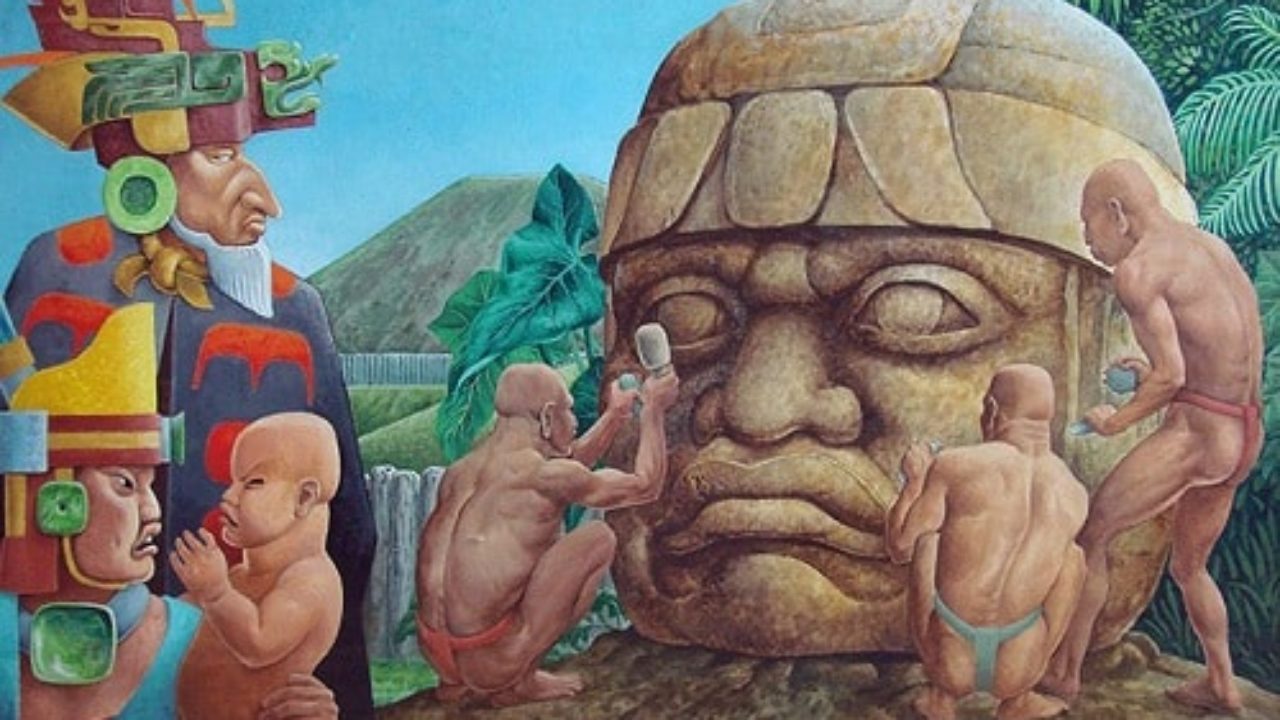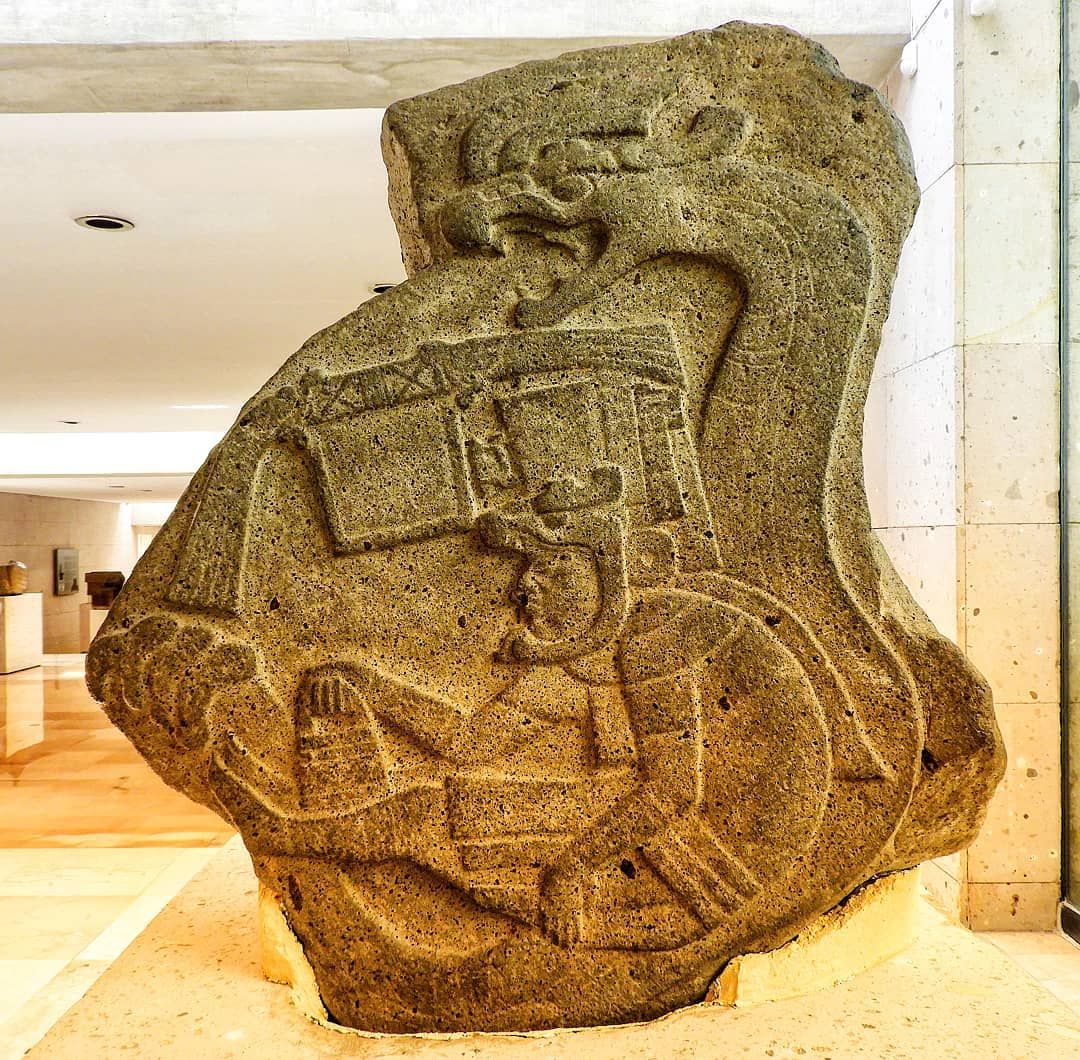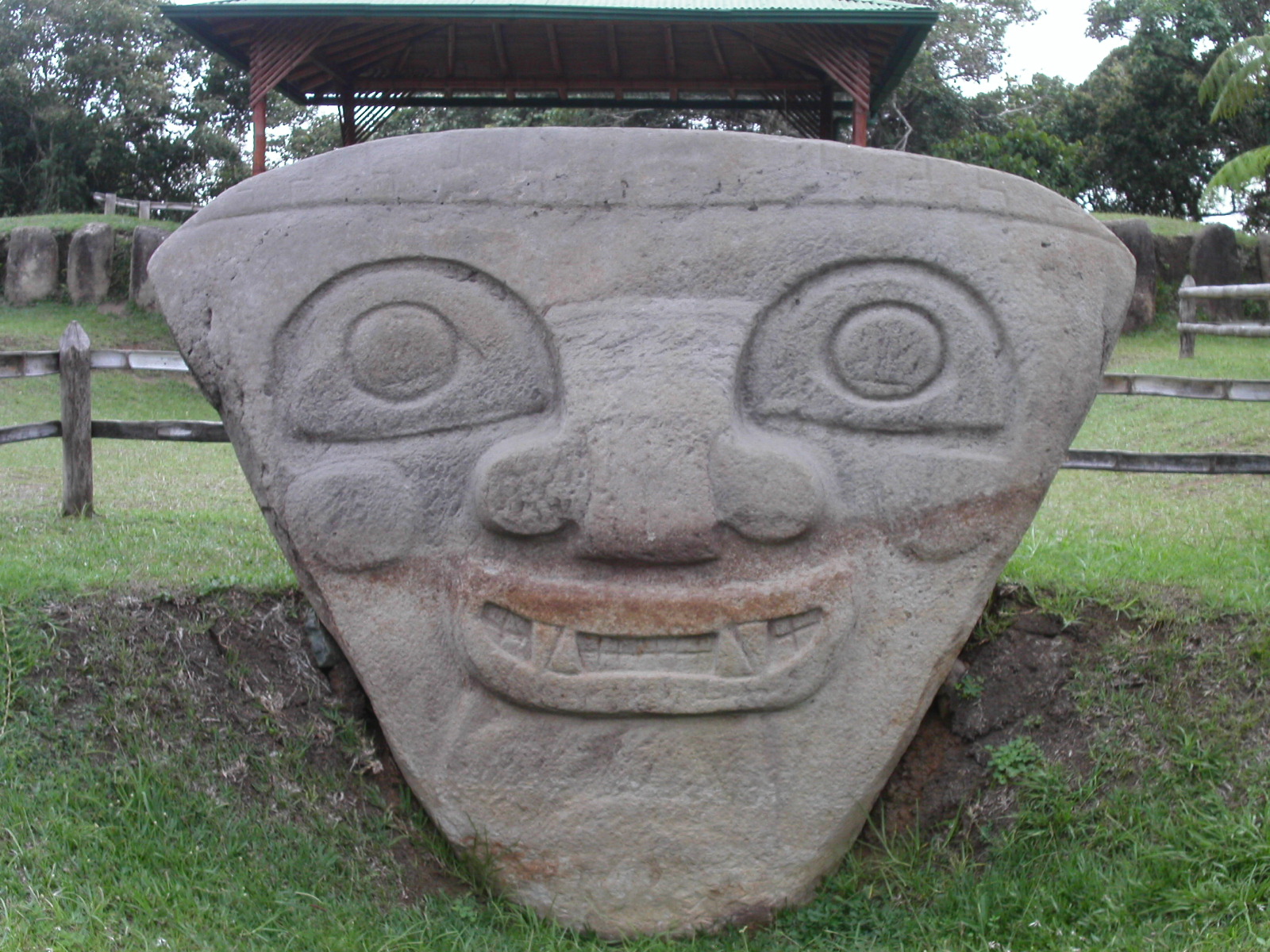Mesoamerican cultures are the subject of interest to this day, proving to be advanced and diverse societies. We invite you to know everything related to the Social organization of the Olmecs, a society dating back to 1600 B.C. C!

Social organization of the Olmecs
The Olmecs lived along the coast of the Gulf of Mexico, in what is now known as the Mexican states of Tabasco and Veracruz.
This culture lasted from approximately 1600 to 350 BC, when many factors, especially environmental ones, made their villages uninhabitable.
The Olmecs have been recognized today by the statues they carved, the giant stone heads of almost twenty tons, which are presumed to be a way to commemorate and honor their rulers, the most important characters in the social organization of the Olmecs. .
The term Olmec, translated as rubber people, is a Nahuatl word, the ancient Aztec language, to designate the communities that produced and marketed rubber throughout the Mesoamerican area.
The Olmecs were the first major civilization in Mexico, living in the tropical lowlands of the Gulf of Mexico, and it is presumed that they may have been the first people to discover how to convert the latex of the rubber tree into a material that could be molded, cured and Harden.
The Olmec culture did not develop a writing system that will last, except for some carved glyphs, few symbols that survived to this day, so we do not know what name they gave themselves. However, they were found among the earliest and oldest organized and complex societies in Mesoamerica, influencing many later civilizations, such as the Mayans.
Archaeological evidence indicates that they practiced the famous ball game, which was later adopted by other pre-Columbian cultures, it was carved on stone, as is the case with the immense heads of volcanic rock, known as basalt, and it is presumed that they also practiced blood rituals. .
Olmec civilization stages
The evolution of the Olmec culture is divided into three stages, which refer to the area of greatest presence and influence, these are:
- San Lorenzo: known as the first area where the Olmec settlement and domain was relevant, since the first samples of the cultures and characteristics of this culture were found.
- La Venta: this area is born and prospers from the different population movements and the arrival of the survivors from the center of San Lorenzo. Many of the researchers affirm that La Venta was the most important area of this Mesoamerican civilization.
- Tres Zapotes: it was the last great settlement of the Olmecs and is considered the least important of the three, however it provided relevant data on the stage of decline of this culture, during its last years of existence.
The end of the Olmecs
The Olmec population fell sharply between 400 and 350 BC, although the exact cause is not specified.
The archaeologists conjecture that the depopulation was caused by variations in their environment, so intense that they were forced to move, for example the sedimentation of the water courses, which interrupted and greatly damaged the supply of the resource.
Another theory for the considerable population drop proposes the relocation of settlements due to increased volcanic activity as the cause rather than extinction.
Volcanic eruptions during the Early, Late, and Terminal Formative periods covered the different terrains with ash, forcing the natives to make changes to their settlements.
Social classes
According to the data provided by research in the different stages of Olmec life, we find the following social classes:
ruling class
As in most cultures throughout history, the ruling class, also known as the elite, was made up of a small group of people who enjoyed the privileges and comforts of Olmec society.
This class was made up of military and religious groups and in some cases, depending on the city, merchants and artisans. As we have indicated previously, the absence of sources referring to this culture makes it difficult to establish exactly what the different social classes and Olmec rulers were like.
Even though the researchers affirm that religion had a lot of weight and influence in this type of culture, so the upper and ruling class was associated with this aspect of their lives.
It is clear that the nobles or the ruling class were in charge of the management and administration of crops, water, sources of construction materials, among others, maintaining themselves as a hierarchy that monopolized what others produced.
There is a hypothesis that these elite classes were families that obtained the best land and established the best farms, having greater power over other groups. Holding that power, they became rulers and priests, groups that are presumed to be the same, since the priestly class became shamans or priest-monarchs.
These figures were associated with the gods, so they possessed supernatural powers and the activities of the community revolved around them. Her beliefs supported the supposed power of the shaman, because that is how she was designed.
Lower or subordinate class
It is very obvious that the class that brings together the largest number of individuals are the commoners or those subordinate to the dominant groups, generally those who did the hard work and activities essential for the subsistence of these societies, but who did not enjoy privileges.
These groups were considered ordinary, since they had no relationship with the gods unlike the elites, therefore, their workload was very difficult, activities such as agriculture, construction, were the most common for the common people.
As the majority of the Olmecs were in charge of activities related to agriculture, this being the most important economic source of society and the one that guaranteed their food, the land and plots were divided among the different social groups, who ordered the product of their crops to the ruling class.
Social and political organization
Unlike other Mesoamerican cultures, very little is known about the social organization of the Olmecs and therefore neither about the political life of this society.
Although there are few traces left by this civilization on this subject, it is presumed that the colossal basalt heads and other large sculptures represent the leaders and rulers, there are no other sources of information such as the Mayan stelae, which mention the rulers and the periods of their rule.
However, some archaeologists affirm that the data provided by the studies of specific areas show that the Olmec social organization was centralized, with an elite that could exercise control over resources such as water and a kind of monumental stone to exercise command and legitimize his government.
On the other hand, it is presumed that Olmec society lacks many of the institutions and figures of later civilizations, such as standing armies, priestly elites, etc.
Studies of settlements such as the Sierra de los Tuxtlas indicate that this area was composed of more or less egalitarian communities outside the control of the great lowland centers. The individual houses had a kind of shed, something like a small parking lot and a storage pit to keep root vegetables close to home.
They probably also had gardens in which the Olmecs grew medicinal plants and other types of plants such as sunflowers.
There are no written records of the commercial activity, beliefs or customs or the social organization of the Olmecs, but according to archaeological evidence, the information that is currently handled is established.
economic organization
Some data indicates that they were not economically limited, as Olmec artifacts have been found throughout Mesoamerica, indicating that there were extensive inter-regional trade routes.
Trade allowed the Olmecs to build their urban complexes. Generally destined for the ceremonies and activities of the elite, since most of the common people lived in small towns.
The Olmec period had a significant commercial activity, with different trade routes, some quite distant from their population centers, in addition to a wide variety of goods and traded items.
The presence of pieces made of jade, obsidian and other semi-precious stones provide evidence of commercial activity with groups and people outside the coast of the Gulf of Mexico, since both the jade and the obsidian came from other parts of the territory.
However, agriculture was the main economic activity of the Olmec community and it generally took place outside the towns, in cleared fields. The first Olmec farmers used techniques such as slashing and burning to clear the land, planting corn and other products among ashes, the problem was that this technique depleted the soil after a few years.
Farmers then changed fields, thus repeating the cycle, eventually affecting nearby fertile land. Products such as corn, beans, squash, cassava, sweet potatoes, and cotton were probably grown.
We invite you to consult other links on our blog that may be interesting:
- Social Organization of the Zapotecs
- Political Organization Of The Aztecs
- Social Organization of the Teotihuacanos




